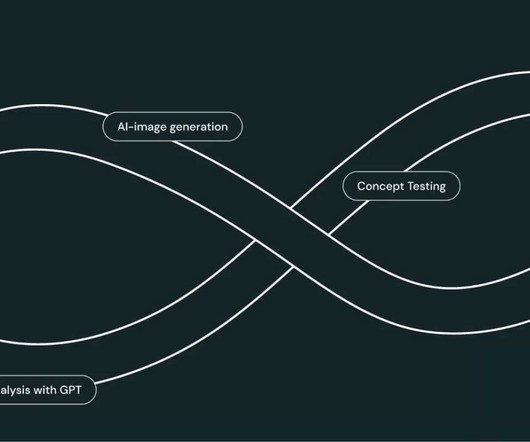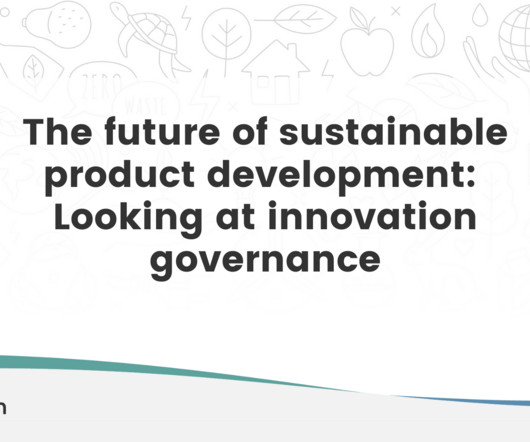Introducing the shift towards Autonomous Innovation
Innov8rs
NOVEMBER 27, 2023
By 2010, the Lean Startup methodology built upon these principles, emphasizing rapid experimentation and customer feedback to guide businesses towards sustainable business models. Autonomous go-to-market models ‘Launching and learning’ in the market in real-time with autonomous feedback loops - resulting in launches that stick.















Let's personalize your content